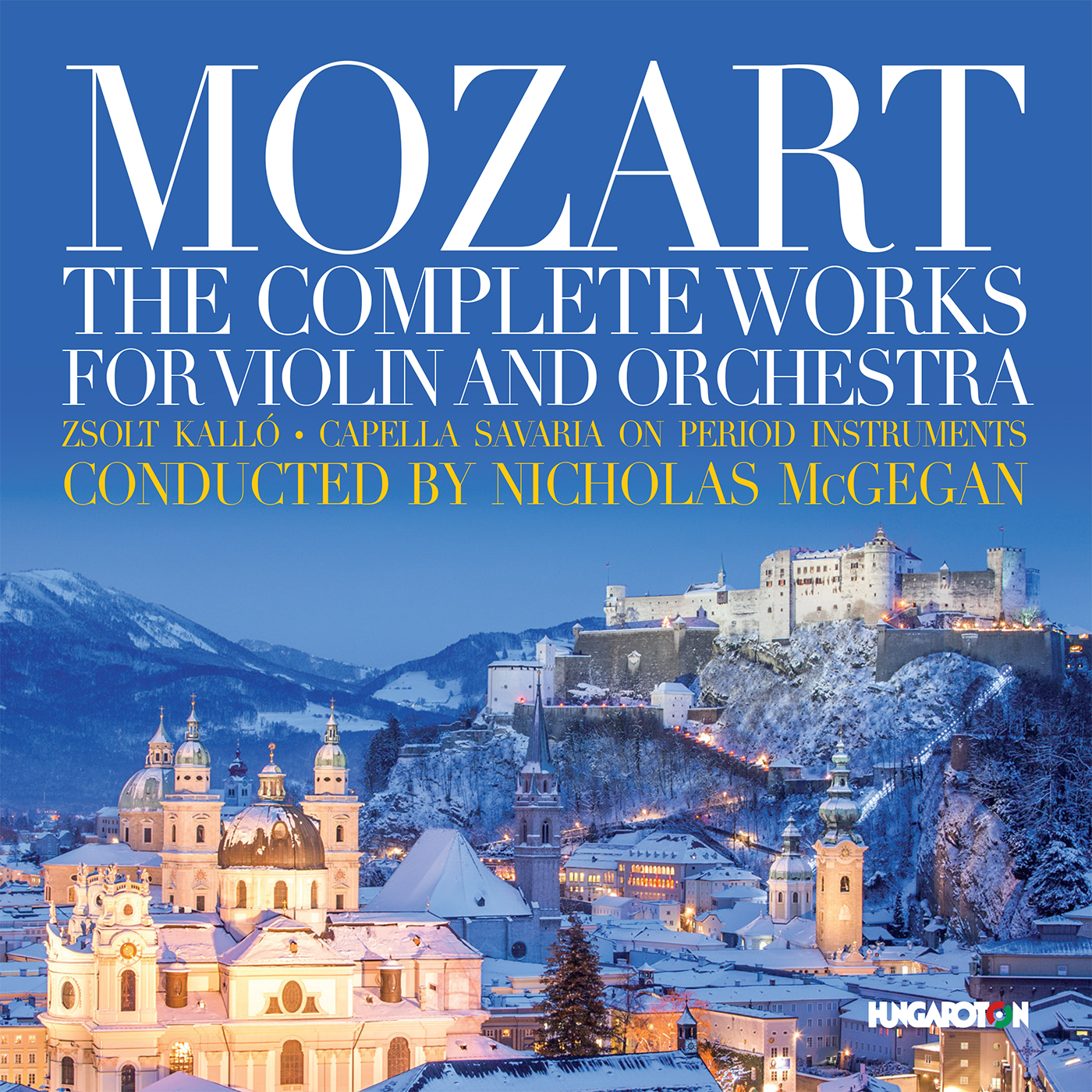The Strad: Mozart: The Complete Works for Violin and Orchestra
This is a well-established team: Zsolt Kalló has been concertmaster of Capella Savaria, the first period instrument ensemble in Hungary, since 1999 and Nicholas McGegan has been working with them for 30 years. It shows in their easy rapport and precision ofensemble. String intonation in the band is not pristine, but there are a lot of good things here. Kalló's playing is superb, his sound clean and focused, tempered by judicious use of vibrato.
In the First Concerto there is crisp, energetic playing from everyone. In the first movement of the Second Concerto the phrasing is subtle and stylish; the long cantilenas of the second movement Andante are beautifully shaped, and the finale Rondeau skips along. The interplay of legato and staccato in the opening Allegro of the Third Concerto is delightful, rhythmically sprung and witty, and in the Adagio Kalló's expressive use of vibrato gives shape and momentum to the melodies.
In the opening Allegro of the Fourth Concerto a jaunty swagger offsets the martial rhythms of the opening subject. The second movement moves along producing moments of great warmth in the lower register, and the finale brims with wit and fun. There is urgency in the first movement of the Fifth Concerto, with beautifully articulated playing, and in the second movement Kalló gives a masterly demonstration of seamless cantabile. The playing in the finale is rich and vivid. The three single movement works receive sprightly, elegant performances. Recorded sound is clean and dry.
Source: The Strad

